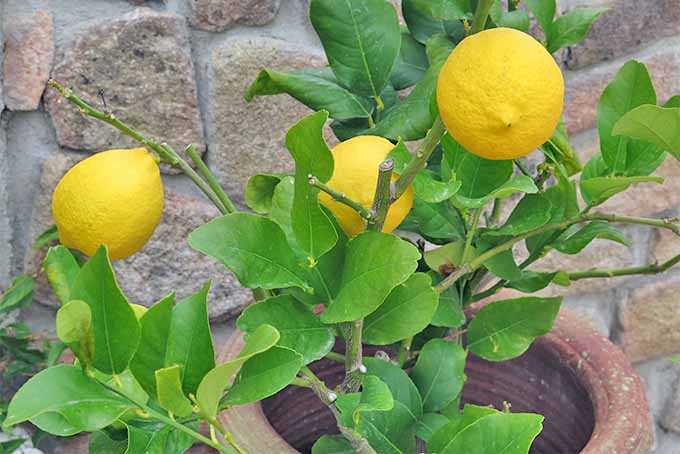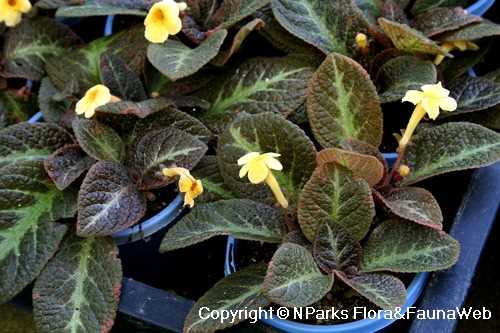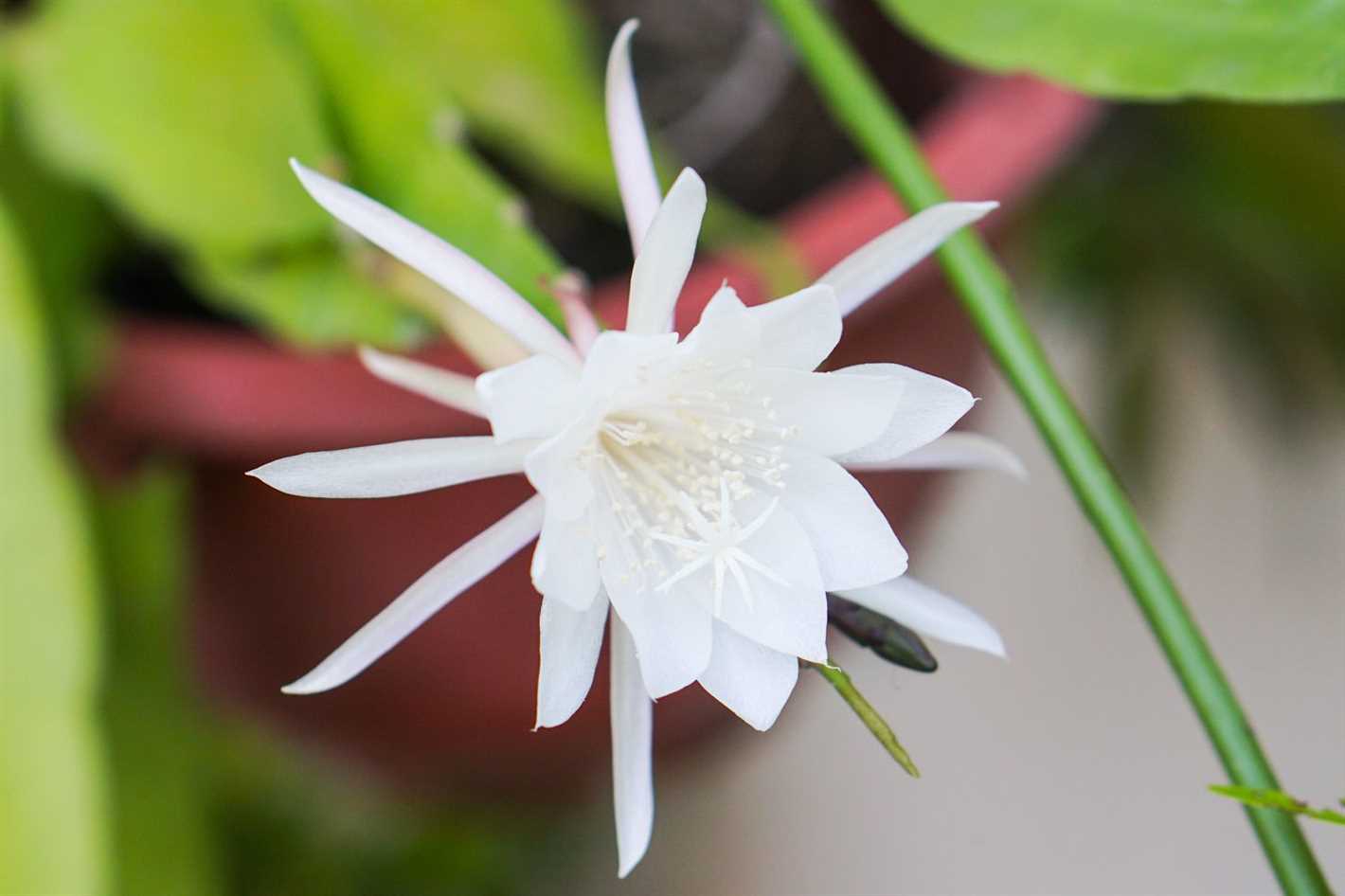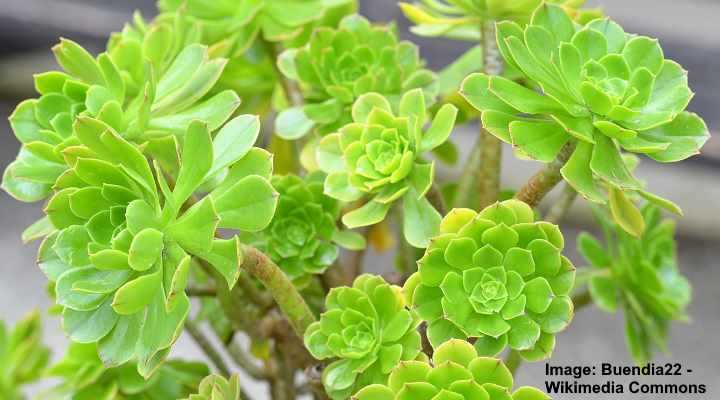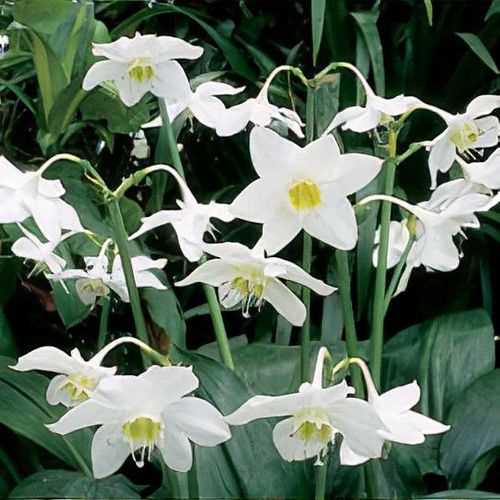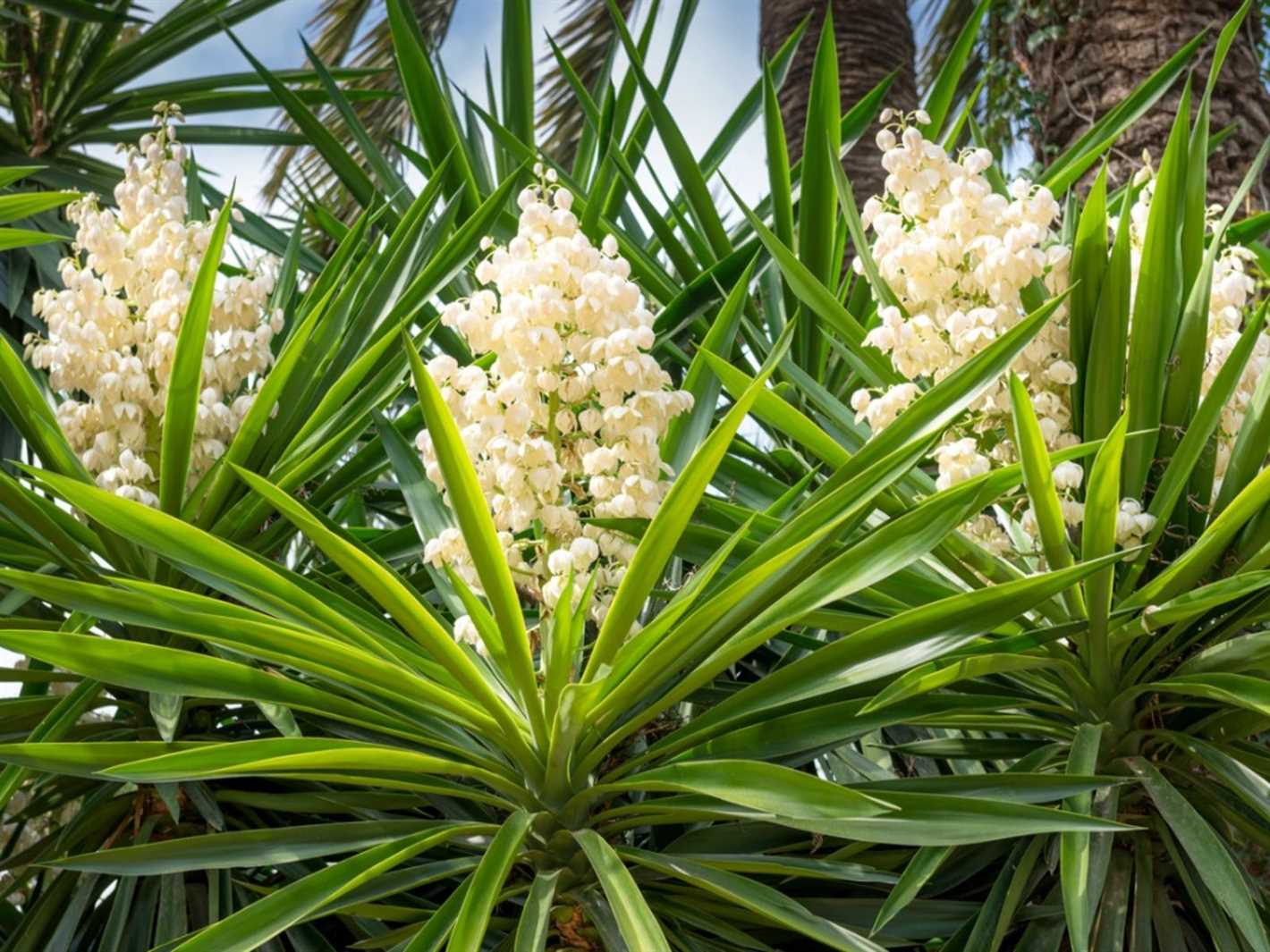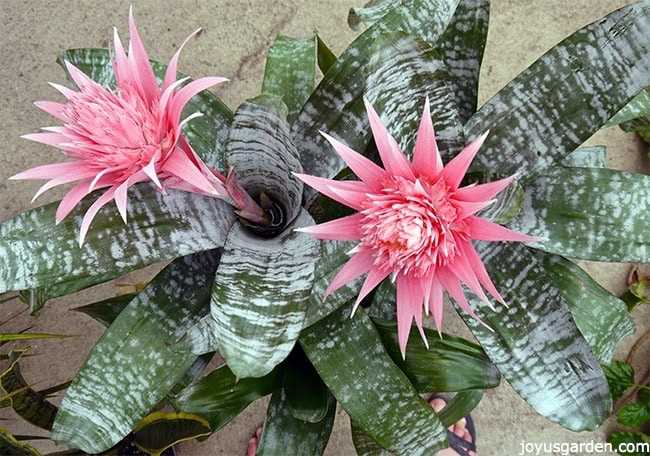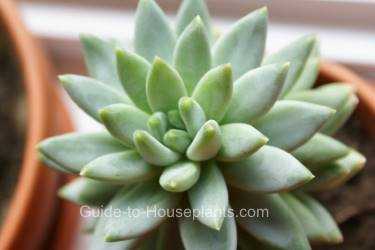- Tips for Caring for Araucaria
- Choosing the Right Location for Your Araucaria
- 1. Light Requirements
- 2. Temperature
- 3. Humidity
- 4. Air Circulation
- 5. Space
- 6. Soil and Drainage
- 7. Accessibility
- Providing Adequate Water and Humidity for Your Araucaria
- Watering
- Humidity
- Feeding Your Araucaria: Nutrients and Fertilizers
- 1. Nutrient Requirements
- 2. Organic Fertilizers
- 3. Slow-Release Fertilizers
- 4. Balanced Fertilizers
- 5. Avoid Overfeeding
- 6. Application Techniques
- 7. Seasonal Feeding
- Pruning and Shaping Your Araucaria
- 1. Know When to Prune
- 2. Remove Dead or Damaged Branches
- 3. Shape the Tree
- 4. Maintain a Balanced Structure
- 5. Avoid Overpruning
- 6. Use Clean and Sharp Tools
- 7. Consider Professional Help
- Protecting Your Araucaria from Pests and Diseases
- 1. Regularly Inspect Your Tree
- 2. Use Organic Pest Control Methods
- 3. Provide Proper Watering and Drainage
- 4. Maintain Proper Air Circulation
- 5. Avoid Overfertilization
- 6. Quarantine New Plants
- 7. Seek Professional Help
- Propagating Araucaria: Seeds and Cuttings
- 1. Propagating Araucaria from Seeds
- 2. Propagating Araucaria from Cuttings
- Conclusion
- Stunning Photos of Araucaria
- Different Species of Araucaria
- Q&A:
- What is Araucaria?
- What are some common species of Araucaria?
- How big do Araucaria trees get?
- Video: Araucaria Plant Reportting||Christmas Tree Plant Repot||नए गमले में कैसे लगाएं?||Pot Size
Araucaria is a popular evergreen tree known for its unique and eye-catching appearance. With its symmetrical branches and sharp, needle-like leaves, araucaria adds a touch of elegance to any landscape. Native to the Southern Hemisphere, particularly South America and Australia, this tree is now also cultivated in other parts of the world as an ornamental plant.
When it comes to caring for araucaria, there are a few important tips to keep in mind. Firstly, it prefers a well-draining soil and should be watered moderately. Overwatering can lead to root rot, so it’s best to allow the topsoil to dry out between watering. This tree also enjoys bright, indirect sunlight and should be placed in a location that receives at least a few hours of sunlight each day. Lastly, araucaria should be fertilized regularly during the growing season to promote healthy growth.
There are several different species of araucaria, each with its own distinct characteristics. One of the most well-known species is the Araucaria araucana, also known as the Monkey Puzzle tree. This species is famous for its unique shape and can grow up to 100 feet tall. Another popular species is the Araucaria heterophylla, commonly known as the Norfolk Island pine. This tree has a more symmetrical appearance and is often used as a Christmas tree.
If you’re looking to add a touch of beauty and elegance to your garden, araucaria is a great choice. Its stunning appearance and unique features make it a standout among other trees. With proper care and attention, your araucaria tree can thrive and become a centerpiece in your garden.
“Araucaria is known for its symmetrical branches and sharp, needle-like leaves, adding elegance to any landscape.”
Tips for Caring for Araucaria
- Light: Araucaria prefers bright, indirect light. Place your plant near a window with filtered sunlight.
- Temperature: Araucaria thrives in temperatures ranging from 65°F to 75°F (18°C to 24°C). Avoid exposing your plant to extreme temperatures.
- Watering: Keep the soil evenly moist but not soggy. Water your Araucaria thoroughly and allow the top inch of soil to dry out between waterings.
- Humidity: Araucaria prefers high humidity. You can increase humidity by placing a tray of water near the plant or using a humidifier.
- Fertilizer: Feed your Araucaria with a balanced houseplant fertilizer once a month during the growing season (spring and summer). Follow the instructions on the fertilizer package for proper dosage.
- Pruning: Prune your Araucaria to maintain its shape and remove any dead or damaged branches. It’s best to prune in late winter or early spring before the new growth starts.
- Potting: Repot your Araucaria every 2-3 years in a well-draining potting mix. Choose a pot that is slightly larger than the current one.
- Pests: Keep an eye out for common houseplant pests such as scale insects and mealybugs. If you notice any infestation, treat it with insecticidal soap or neem oil.
By following these care tips, you can keep your Araucaria healthy and thriving. Enjoy the beauty of this unique and eye-catching plant in your home!
Choosing the Right Location for Your Araucaria
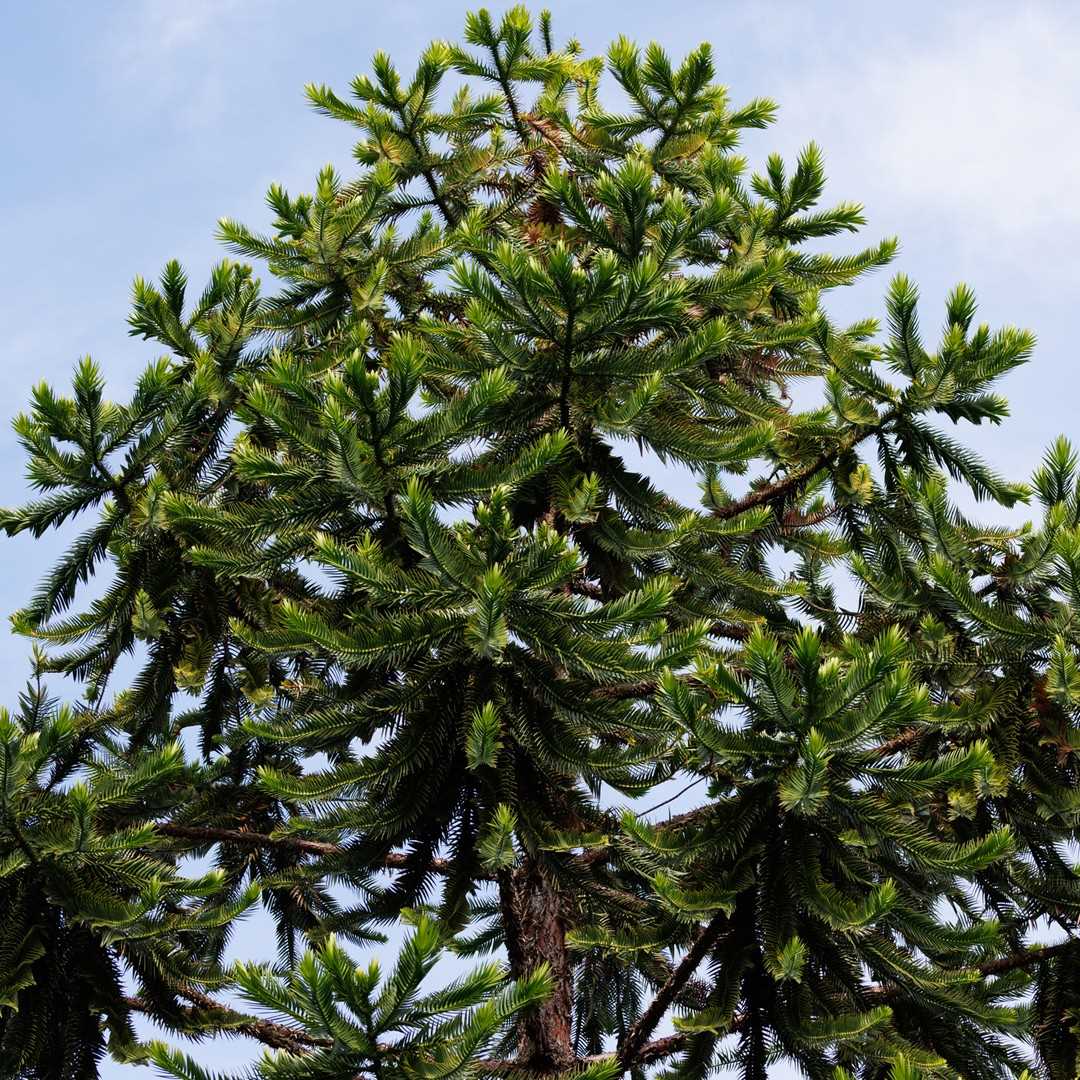
Properly selecting the location for your Araucaria is crucial for its overall health and growth. Here are a few tips to help you choose the right spot:
1. Light Requirements
Araucarias thrive in bright, indirect light. Place your plant near a window or in a well-lit room, but avoid exposing it to direct sunlight. Too much sunlight can scorch the foliage and cause damage.
2. Temperature
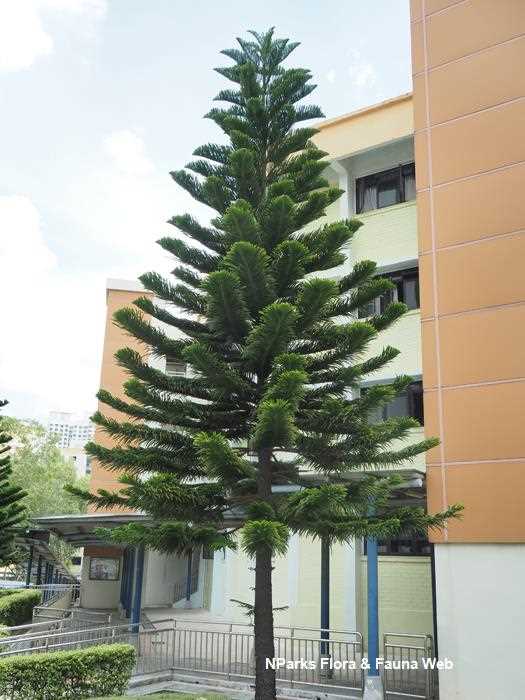
These plants prefer a consistent temperature between 60°F (15°C) and 75°F (24°C). Avoid placing your Araucaria near drafty areas or in close proximity to heating and cooling vents. Drastic temperature fluctuations can stress the plant and hinder its growth.
3. Humidity
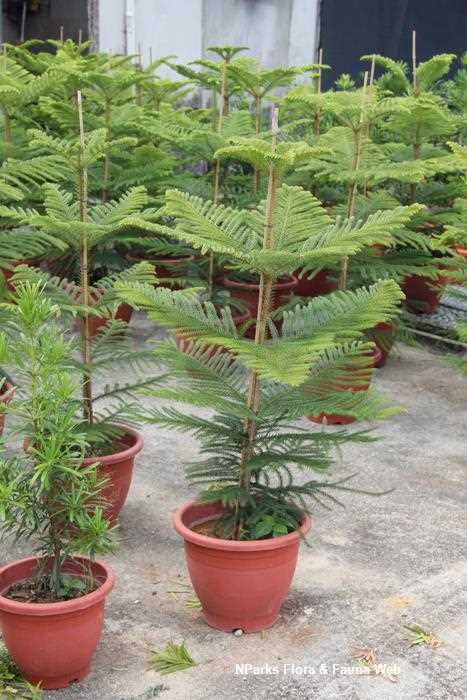
Araucarias appreciate higher humidity levels. Consider placing a tray of water near the plant or using a humidifier to increase the humidity in the area. This will help replicate their natural habitat and promote healthy growth.
4. Air Circulation
Good air circulation around your Araucaria is essential to prevent the buildup of stagnant air and reduce the risk of pests and diseases. Avoid placing the plant in a closed-off or confined space. A well-ventilated area will keep the plant healthy and thriving.
5. Space
Araucarias can grow quite large, so ensure you have enough space for them to spread out. Consider the mature size of the plant and choose a location that allows for proper growth. Keep in mind that some species of Araucaria can reach heights of up to 80 feet (24 meters).
6. Soil and Drainage
Make sure the soil in the chosen location is well-draining. Araucarias prefer moist but not waterlogged soil. Excess water retention can lead to root rot and other problems. If the soil doesn’t drain well naturally, consider adding organic matter or perlite to improve drainage.
7. Accessibility
Finally, choose a location that allows for easy access to your Araucaria for watering, maintenance, and care. Avoid placing the plant in hard-to-reach areas where it may become neglected or forgotten.
- Consider these factors when selecting the right location for your Araucaria to create a healthy and thriving environment for your plant.
Providing Adequate Water and Humidity for Your Araucaria
Proper watering and humidity levels are crucial for the health and well-being of your Araucaria. This section will provide you with tips on how to provide adequate water and humidity for your plant.
Watering
Watering your Araucaria properly is essential to prevent both underwatering and overwatering, which can lead to root rot or dehydration. Here are some guidelines to follow:
- Check the moisture level of the soil before watering. Stick your finger about an inch deep into the soil. If it feels dry, it’s time to water.
- Use room temperature water to prevent shock to the plant.
- Water thoroughly until water drains out from the bottom of the pot. This ensures that the entire root system is properly hydrated.
- Allow the top inch of soil to dry out slightly before the next watering.
- Adjust the watering frequency based on the season. Araucarias may require less water during the winter months when growth slows down.
Humidity
Araucarias are native to regions with high humidity levels, so replicating a humid environment is important for their well-being. Here are some tips to increase humidity around your Araucaria:
- Mist the leaves regularly with room temperature water. This will create a humid microclimate around the plant.
- Place a tray filled with water and pebbles near the Araucaria. As the water evaporates, it increases the humidity in the surrounding air.
- Grouping plants together can also help create a humid environment, as they release moisture through transpiration.
- Avoid placing the Araucaria near drafts or heating vents, as these can dry out the air and reduce humidity.
By providing adequate water and humidity for your Araucaria, you can help ensure its proper growth and overall health. Remember to closely monitor the moisture level of the soil and adjust your watering frequency accordingly. Creating a humid environment through misting, tray placement, and grouping plants together will help recreate the natural habitat of the Araucaria and promote its well-being.
Feeding Your Araucaria: Nutrients and Fertilizers
Proper feeding is essential for the health and growth of your Araucaria. By providing the right nutrients and fertilizers, you can ensure that your tree remains vibrant and lush. Here are some tips:
1. Nutrient Requirements
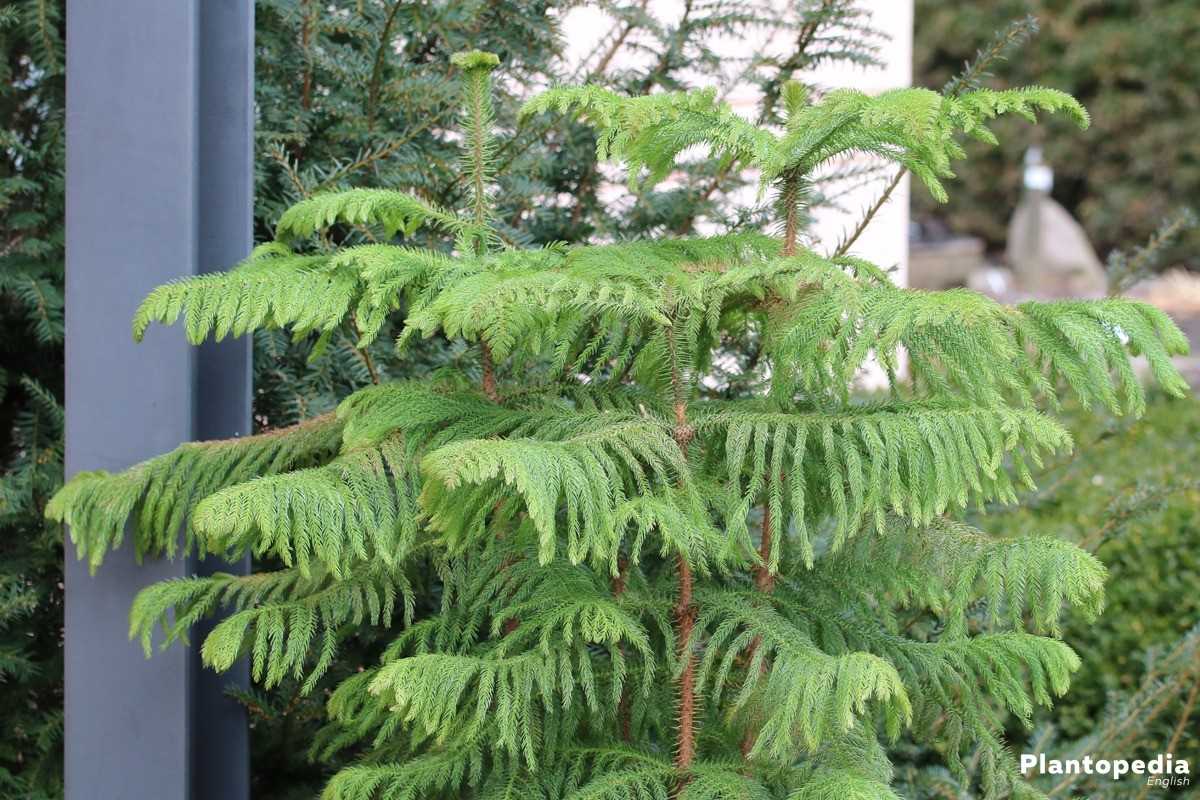
Araucarias have specific nutrient requirements that need to be met for optimal growth. They require a balance of macronutrients such as nitrogen (N), phosphorus (P), and potassium (K), as well as micronutrients like iron, magnesium, and zinc.
2. Organic Fertilizers
Using organic fertilizers is a great way to provide the necessary nutrients to your Araucaria. Compost and well-aged manure are excellent options, as they release nutrients slowly and improve soil fertility over time.
3. Slow-Release Fertilizers
If you prefer using commercial fertilizers, opt for slow-release formulations. These fertilizers slowly release nutrients over an extended period, reducing the risk of overfeeding or nutrient burn. Follow the package instructions for application rates and frequency.
4. Balanced Fertilizers
Choose a balanced fertilizer with an NPK ratio that matches the nutrient requirements of your Araucaria. A balanced fertilizer, such as a 10-10-10 or 20-20-20, provides equal amounts of nitrogen, phosphorus, and potassium, ensuring overall plant health.
5. Avoid Overfeeding
While providing nutrients is important, it’s crucial not to overfeed your Araucaria. Too much fertilizer can lead to fertilizer burn and damage the roots. Always follow the recommended dosage on the fertilizer packaging and monitor your tree’s response.
6. Application Techniques
When applying fertilizer, spread it evenly over the soil surface around the base of the tree. Avoid placing fertilizer directly on the trunk or foliage, as this can cause leaf burn. Water the plant thoroughly after fertilizing to help nutrients penetrate the soil.
7. Seasonal Feeding
Araucarias benefit from regular feeding during the growing season, which is typically spring and summer. Reduce or halt feeding during the dormant season to prevent excessive leaf growth or nutrient buildup.
In conclusion, supplying the right nutrients and fertilizers is essential for the health of your Araucaria. Whether you choose organic or commercial options, remember to follow the instructions, avoid overfeeding, and provide seasonal feeding. By following these tips, you can help your Araucaria thrive and create a stunning addition to your garden or indoor space.
Pruning and Shaping Your Araucaria
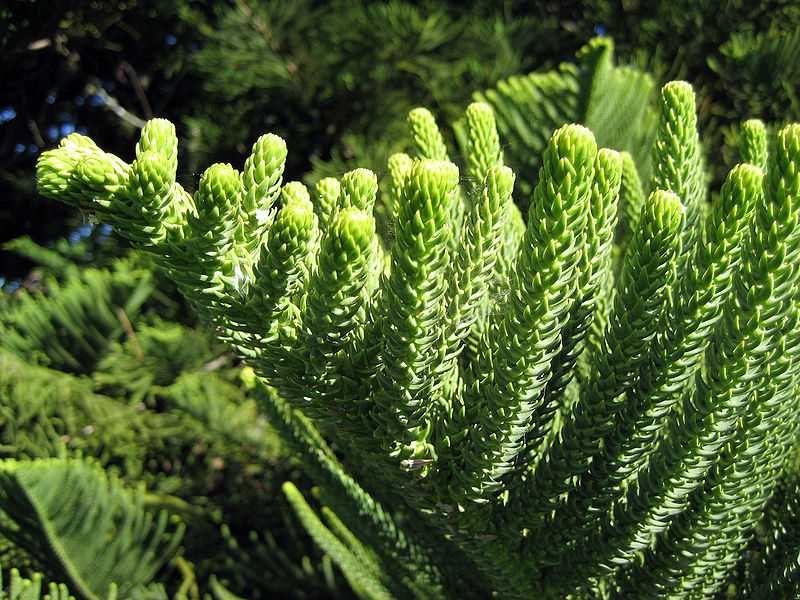
Pruning and shaping your Araucaria is an important part of its care routine. By properly pruning your tree, you can help maintain its shape and promote healthy growth. Here are some tips to help you with pruning and shaping your Araucaria:
1. Know When to Prune
It’s best to prune your Araucaria during the spring or summer months when it’s actively growing. Avoid pruning during the fall or winter when the tree is dormant.
2. Remove Dead or Damaged Branches
Start by inspecting your Araucaria for any dead or damaged branches. These should be pruned as they can hinder the tree’s overall health and appearance.
3. Shape the Tree
If you want to shape your Araucaria into a specific form, you can use pruning to achieve this. Gradually remove branches to create the desired shape, keeping in mind the natural growth patterns of the tree.
4. Maintain a Balanced Structure
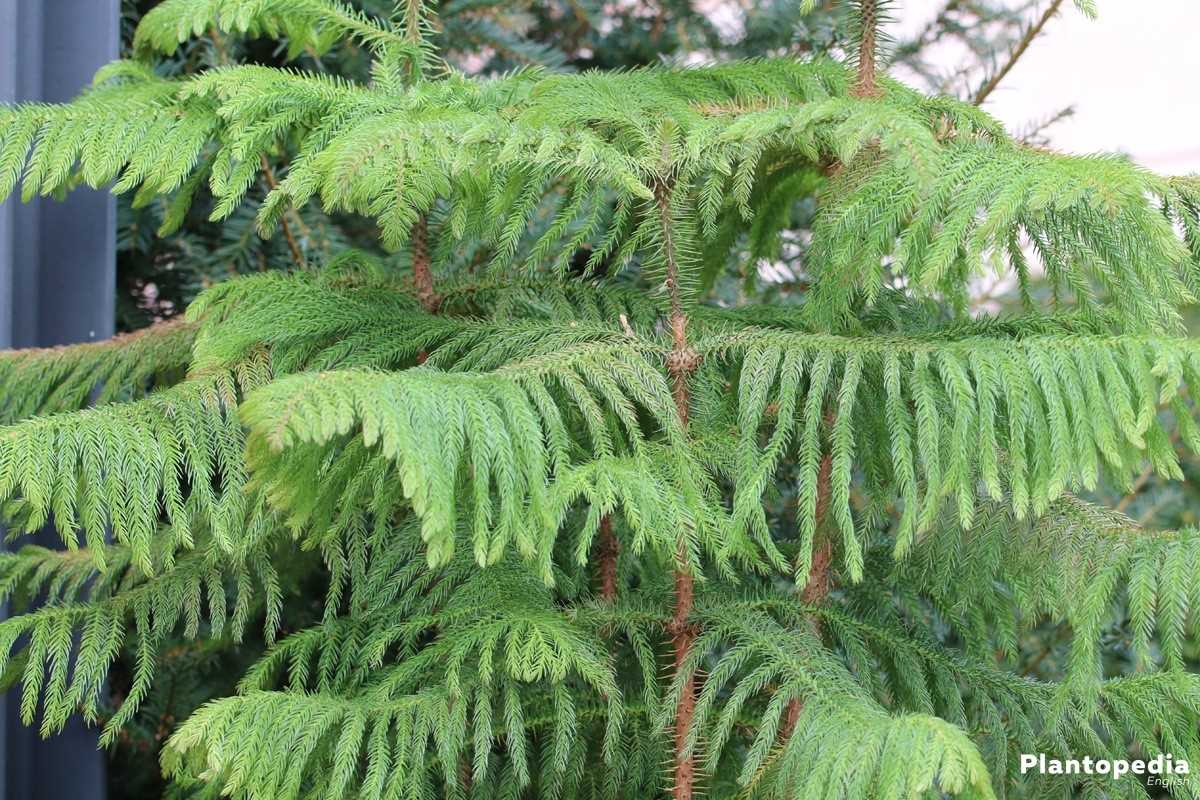
When pruning, aim for a balanced structure with evenly spaced branches. This will help ensure that the tree receives adequate sunlight and air circulation.
5. Avoid Overpruning
Avoid overpruning your Araucaria, as this can weaken the tree and make it more susceptible to disease and pests. Only remove branches that are necessary for shaping or maintaining the tree’s health.
6. Use Clean and Sharp Tools
When pruning your Araucaria, always use clean and sharp pruning tools. This will help prevent the spread of diseases and make clean cuts that heal more easily.
7. Consider Professional Help
If you’re unsure about pruning your Araucaria or if you have a large tree that requires professional care, consider hiring a certified arborist to assist you. They have the knowledge and experience to properly prune and shape your tree.
Remember, pruning and shaping your Araucaria should be done with care and consideration for the tree’s overall health. By following these tips, you can maintain a beautiful and healthy Araucaria in your home or garden.
Protecting Your Araucaria from Pests and Diseases
Proper care and protection are essential to keep your Araucaria tree healthy and beautiful. One of the key aspects of plant care is addressing and preventing common pests and diseases that can affect this tree. Here are some tips to help you protect your Araucaria:
1. Regularly Inspect Your Tree
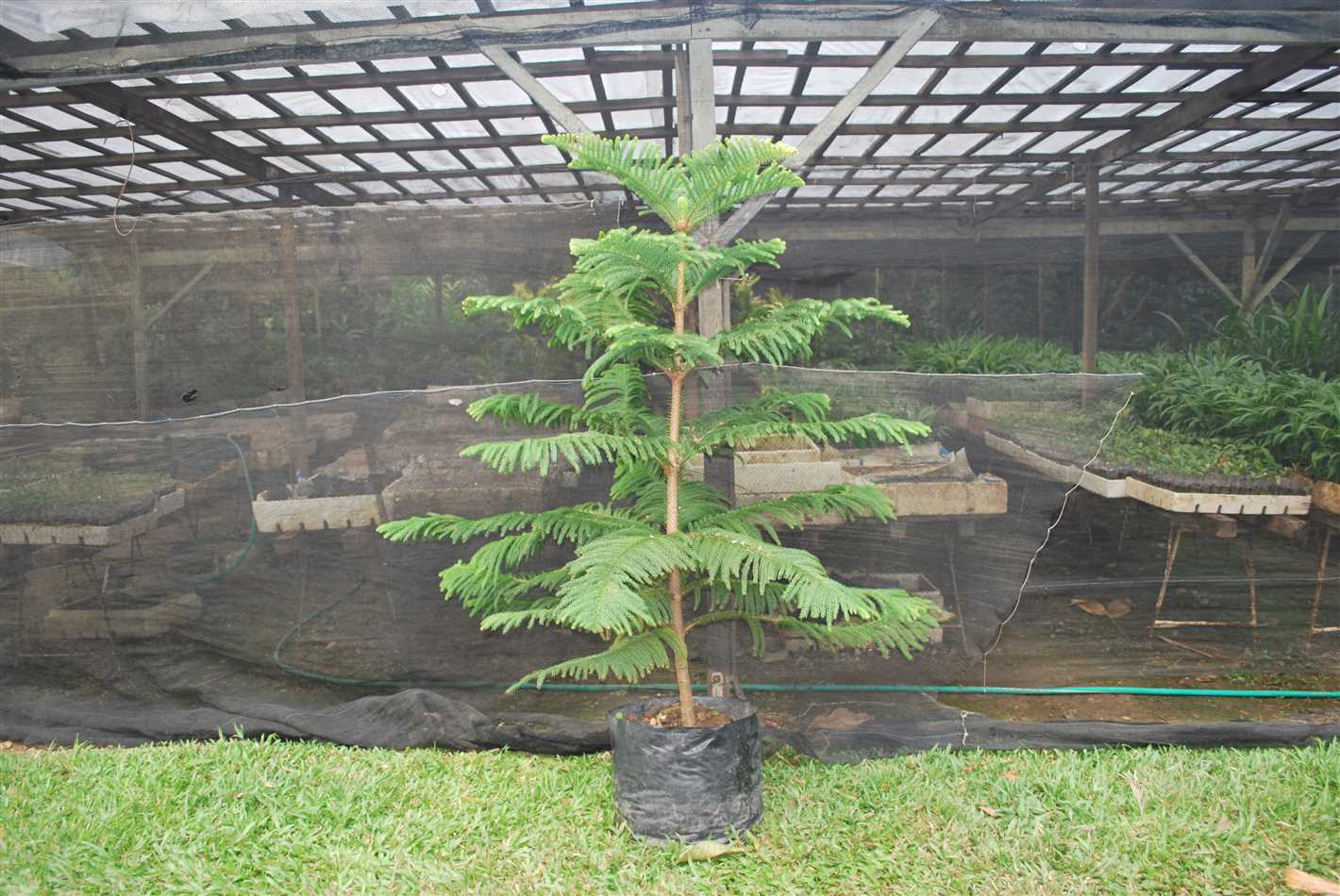
Make it a habit to regularly inspect your Araucaria tree for any signs of pests or diseases. Look for any unusual spots, discoloration, or wilting leaves. These can be early indications of a problem that needs to be addressed.
2. Use Organic Pest Control Methods
If you notice pests on your Araucaria, such as scales or aphids, use organic pest control methods to get rid of them. Avoid using harsh chemicals that can harm the tree and the environment. Instead, try using neem oil or insecticidal soap, which are non-toxic options.
3. Provide Proper Watering and Drainage
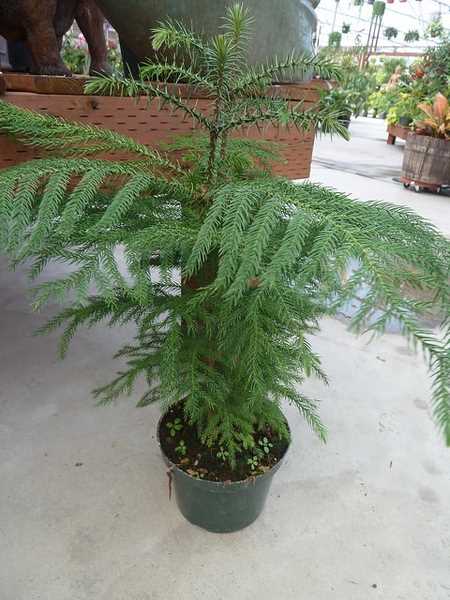
Araucaria trees are susceptible to root rot, so it’s crucial to provide proper watering and ensure good drainage. Avoid overwatering or leaving the tree in standing water, as this can lead to fungal infections and root damage.
4. Maintain Proper Air Circulation
Good air circulation is important for preventing the growth of fungal diseases. Avoid placing your Araucaria tree in cramped spaces or areas with poor ventilation. If you notice any overcrowding, consider pruning or spacing out the trees to allow for better airflow.
5. Avoid Overfertilization
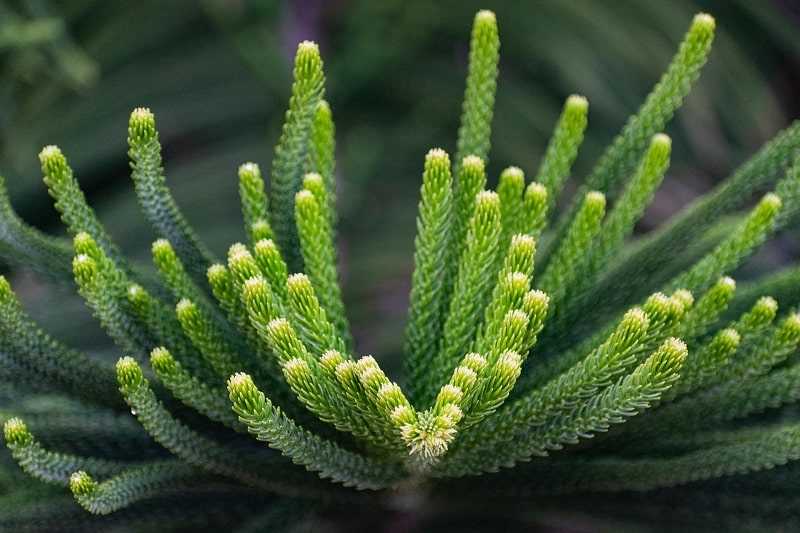
While Araucaria trees benefit from regular fertilization, it’s important not to overdo it. Excessive use of fertilizer can make the tree more susceptible to diseases and attract pests. Follow the recommended guidelines for fertilizing your Araucaria and use a balanced fertilizer specifically formulated for indoor trees.
6. Quarantine New Plants
Before adding a new plant to your Araucaria collection, make sure to quarantine it first. This will help prevent the introduction of pests and diseases to your existing plants. Keep the new plant separate for a few weeks and monitor it for any signs of issues before integrating it with your other trees.
7. Seek Professional Help
If you’re unsure about how to handle a particular pest or disease affecting your Araucaria, don’t hesitate to seek professional help. Contact a local horticulturist or an arborist who specializes in tree care to assess the problem and provide appropriate treatment.
By following these tips, you can help protect your Araucaria from pests and diseases, ensuring its long-term health and beauty.
Propagating Araucaria: Seeds and Cuttings
Propagating Araucaria, also known as the monkey puzzle tree, can be done through two main methods: seeds and cuttings. Both methods have their advantages and disadvantages, and it’s important to choose the one that suits your needs and preferences.
1. Propagating Araucaria from Seeds
The first method of propagation is through seeds. Here are the steps to follow:
- Collect the seeds from a mature Araucaria cone. The cones usually take several years to fully develop, so be patient.
- Clean the seeds by gently removing any flesh or debris that may be attached to them. This can be done by soaking them in water and rubbing them with your fingers.
- Prepare a well-draining potting mix and fill a small container with it.
- Plant the clean seeds in the potting mix, making sure they are covered with a thin layer of soil.
- Water the seeds gently, keeping the soil moist but not waterlogged.
- Place the container in a warm and well-lit area, but avoid direct sunlight.
- Be patient and wait for the seeds to germinate. This can take several weeks or even months.
- Once the seedlings have grown big enough, they can be transplanted into larger pots or directly into the ground.
Note: Propagating Araucaria from seeds can be a slow and unpredictable process. Not all seeds will germinate, and it may take several years for the seedlings to develop into mature trees.
2. Propagating Araucaria from Cuttings
The second method of propagation is through cuttings. Here’s how to do it:
- Select a healthy branch from a mature Araucaria tree. It’s best to choose a branch that is about 4-6 inches long and has several pairs of healthy leaves.
- Using a clean and sharp pair of pruning shears, make a clean cut just below a leaf node.
- Remove the lower leaves from the cutting, leaving only a few pairs near the top.
- Dip the bottom end of the cutting in a rooting hormone powder to promote root growth.
- Prepare a well-draining potting mix and fill a small container with it.
- Plant the cutting in the potting mix, burying the bottom end about an inch deep.
- Water the cutting gently, keeping the soil moist but not waterlogged.
- Place the container in a warm and well-lit area, but avoid direct sunlight.
- Keep the cutting misted with water to increase humidity and promote root development.
- Be patient and wait for the cutting to develop roots. This can take several weeks to several months.
- Once the cutting has established roots, it can be transplanted into a larger pot or directly into the ground.
Note: Propagating Araucaria from cuttings can be a more reliable and faster method compared to seeds. However, it’s important to take care of the cuttings and provide them with the right conditions for root development.
Conclusion
Propagating Araucaria can be a rewarding process, whether you choose to use seeds or cuttings. Each method has its own set of advantages and challenges, so it’s up to you to decide which one is right for you. Remember to be patient and provide the young plants with the care they need to thrive.
Stunning Photos of Araucaria
Here are some breathtaking photos of the beautiful Araucaria trees:

Araucaria with Sunlight: This photo showcases a majestic Araucaria tree with the sunlight streaming through its branches, creating a stunning play of light and shadow.

Close-up of Leaves: This close-up shot of Araucaria leaves reveals their intricate patterns and textures, highlighting the tree’s unique beauty.

Araucaria against Blue Sky: In this photo, an Araucaria tree stands tall against a backdrop of clear blue sky, showcasing its striking silhouette and vibrant green foliage.

Araucaria Cones: These close-up shots of Araucaria cones hanging from the branches capture their distinct shape and texture, adding an element of charm to the overall composition.
These stunning photos offer a glimpse into the captivating beauty of Araucaria trees, showcasing their unique features and natural allure.
Different Species of Araucaria
- Araucaria araucana: Commonly known as the Monkey Puzzle tree, this species is native to Chile and Argentina. It has a distinctive, symmetrical pyramidal shape with sharp, triangular leaves that grow densely on the branches.
- Araucaria bidwillii: Also known as the Bunya Pine, this species is native to Australia. It features beautiful, symmetrical foliage with large, flat, spiky leaves. The tree is famous for producing large, edible pine cones.
- Araucaria columnaris: Native to New Caledonia, this species is commonly called the Cook Pine. It has a tall, slender trunk with symmetrical, conical-shaped foliage that resembles a Christmas tree. The branches are usually arranged in whorls.
- Araucaria cunninghamii: This species, also known as the Hoop Pine, is native to Australia. It has a straight, cylindrical trunk with a dense canopy of dark green, needle-like leaves. The leaves are arranged in spirals around the branches.
- Araucaria heterophylla: Commonly called the Norfolk Island Pine, this species is native to Norfolk Island in the South Pacific. It has a symmetrical, pyramidal shape with tiers of horizontal branches. The tree is often cultivated as an indoor or outdoor ornamental plant.
- Araucaria luxurians: Commonly referred to as the Chilean Monkey Puzzle, this species is native to Chile. It has a characteristic columnar shape with dense, spiraling branches covered in spiky, dark green leaves. The tree is known for its unique architectural appearance.
- Araucaria angustifolia: Native to Brazil, this species is called the Paraná Pine. It has a tall, straight trunk with a conical crown of dark green, needle-like leaves. The tree is valued for its timber and is grown in plantations for commercial use.
In addition to these species, there are several other lesser-known Araucaria species, each with its own unique characteristics and habitat. These diverse Araucaria species add beauty and interest to landscapes around the world.
Q&A:
What is Araucaria?
Araucaria is a genus of evergreen coniferous trees in the family Araucariaceae. They are native to the Southern Hemisphere, with a primary distribution in South America, Australia, and New Guinea.
What are some common species of Araucaria?
Some common species of Araucaria include Araucaria heterophylla (Norfolk Island Pine), Araucaria bidwillii (Bunya Pine), Araucaria araucana (Monkey Puzzle Tree), and Araucaria angustifolia (Parana Pine).
How big do Araucaria trees get?
The size of Araucaria trees can vary depending on the species and growing conditions. Some species, like Araucaria heterophylla (Norfolk Island Pine), can grow up to 200 feet tall in their natural habitat. In cultivation, they usually reach a height of 6-8 feet. Other species, like Araucaria araucana (Monkey Puzzle Tree), can grow up to 100 feet tall in their natural habitat.
Video:
Araucaria Plant Reportting||Christmas Tree Plant Repot||नए गमले में कैसे लगाएं?||Pot Size




